According to the hydrometeorological agency, in 2025, the Dak Nong area will experience hot weather longer than usual. The average temperature from June to August is likely to be approximately the same or higher than the average of many years in the same period from 0.5 to 1 degree Celsius.
Despite the hot weather, this year the rainy season has come earlier than the average of many years. The total rainfall is likely to reach approximately the same level and higher than the average of many years in the same period. The unusual weather conditions and environment are favorable for pests and diseases to harm summer-autumn crops.
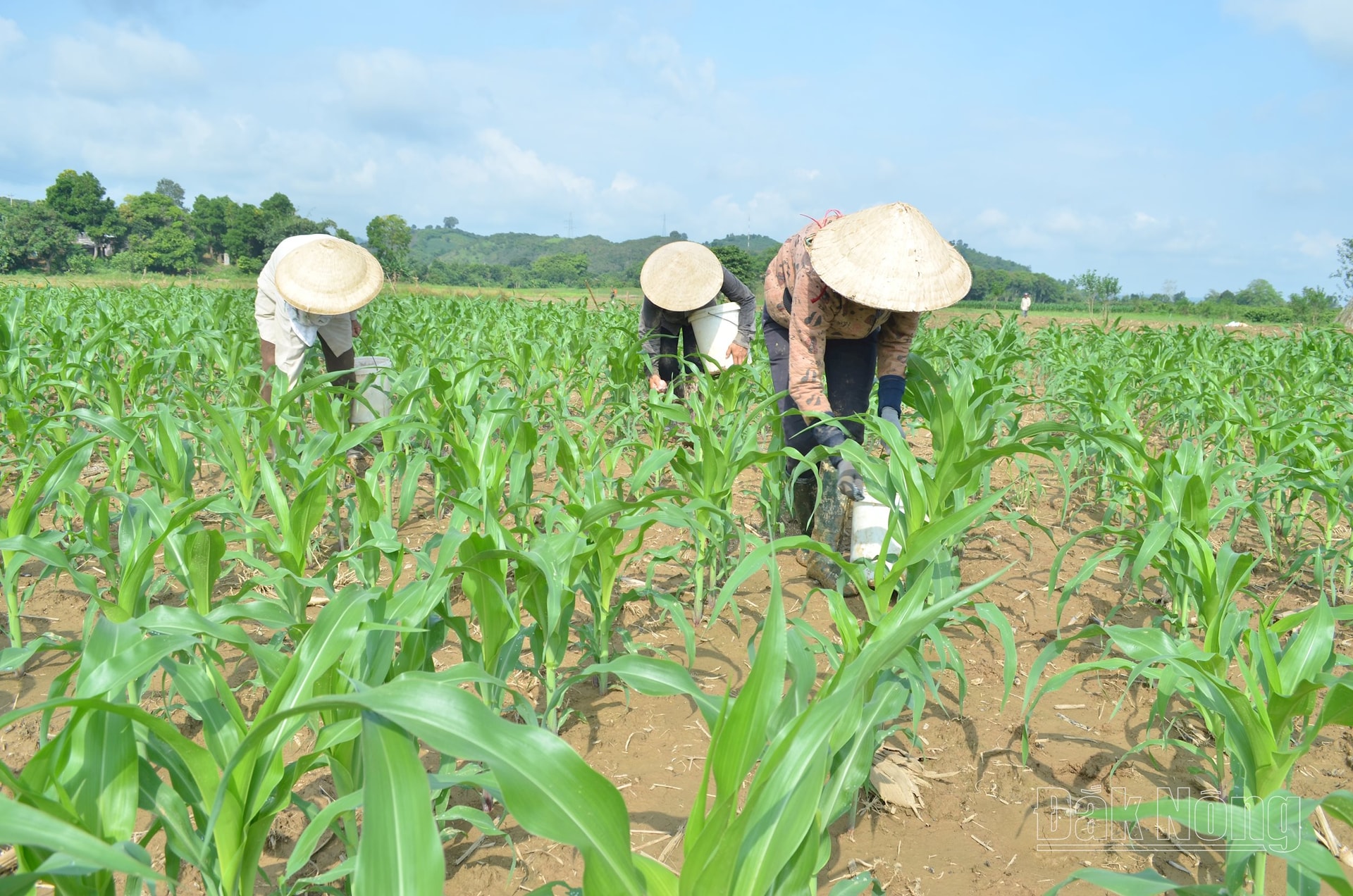
Therefore, the Department of Agriculture and Environment of Dak Nong has proactively taken measures to prevent and control epidemics. In localities, the agricultural technical service centers of districts and cities have assigned technical staff to closely monitor the area, investigate, detect and forecast harmful organisms on crops to have timely treatment measures right from the beginning of the season.
According to the plan, this summer-autumn crop, Krong No district will plant 2,776 hectares of rice. Ms. Le Thi Dieu Thao, Deputy Director of the Krong No District Agricultural Technical Service Center, said that for rice, right from the beginning of the crop, the unit has warned people to pay attention to pests such as rats.
In late May and early June, rats damage the main summer-autumn rice crop and rice in the tillering stage. In addition, golden apple snails can easily spread and cause serious damage through water sources.
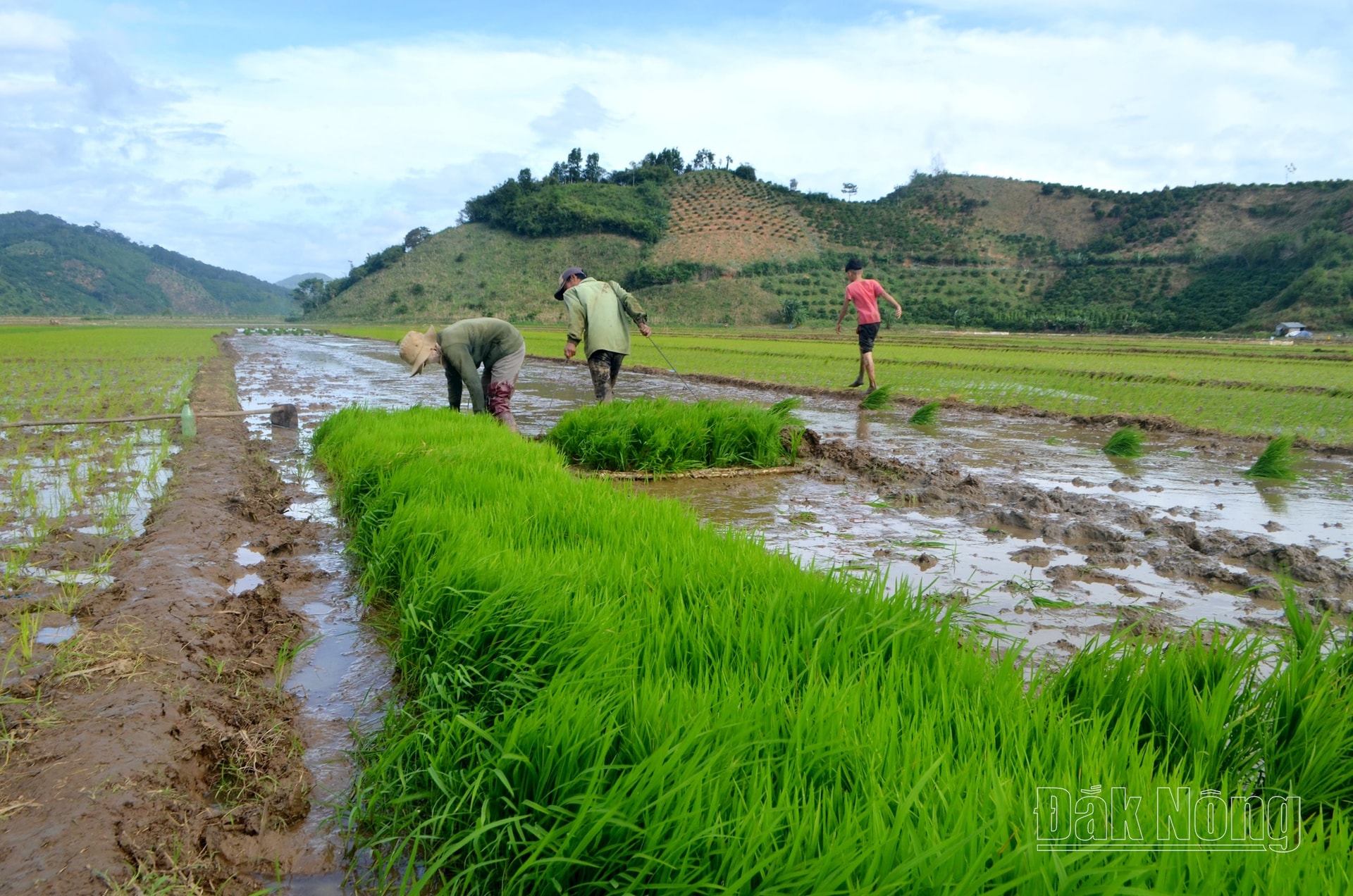
From mid-season to late-season, farmers need to pay attention to brown planthoppers and white-backed planthoppers that cause severe damage during the flowering and milky stages of rice. Depending on the rice crop, it is necessary to investigate and monitor the main peak damage periods.
Leaf blast is a disease that damages summer-autumn rice at the tillering - standing stage in late June and early July. Neck blast and panicle blast cause damage in late July to early August on summer-autumn rice at the flowering - milky stage.
In addition, at the end of the season, pay attention to the brown spot disease that occurs at the stage of rice heading - green maturity and the grain rot disease that causes severe damage to susceptible varieties at the stage of rice flowering - milky maturity in hot and sunny conditions alternating with thunderstorms.
According to the leader of the Department of Agriculture and Environment of Cu Jut district, in the summer-autumn crop of 2025, people will produce over 5,100 hectares of corn. Corn is the crop with the largest area among the crops grown in the district this summer-autumn crop.
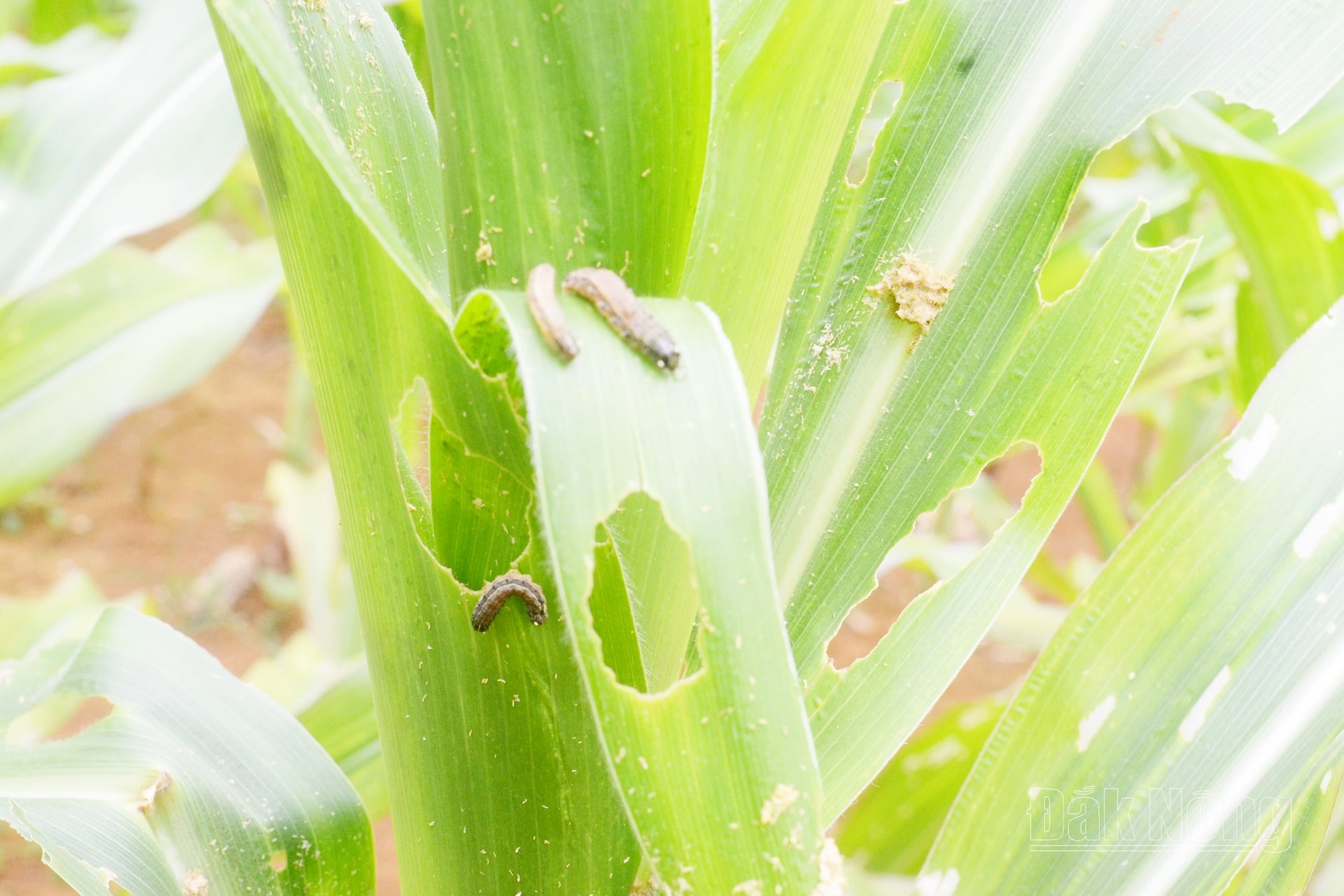
Currently, the district's technical team is actively following the base, noting and instructing people to pay attention to prevent damage caused by fall armyworms. This pest causes the most damage mainly in the stage of stem and leaf development - shoot growth. The first phase is from late May to mid-July. Along with that, people pay attention to preventing stem borer disease in the stage of flagging and young fruiting.
According to the report of the Department of Agriculture and Environment, along with harvesting winter-spring crops, by mid-May, Dak Nong farmers had produced over 9,700 hectares/45,900 hectares of short-term summer-autumn crops, nearly 1,300 hectares faster than the same period last year.
Through monitoring, the harmful pests are insignificant, with low density and rate. Specialized agencies from the province and district have increased their forces to stay close to the base to monitor and investigate pathogens in the fields, thereby making recommendations for effective production.
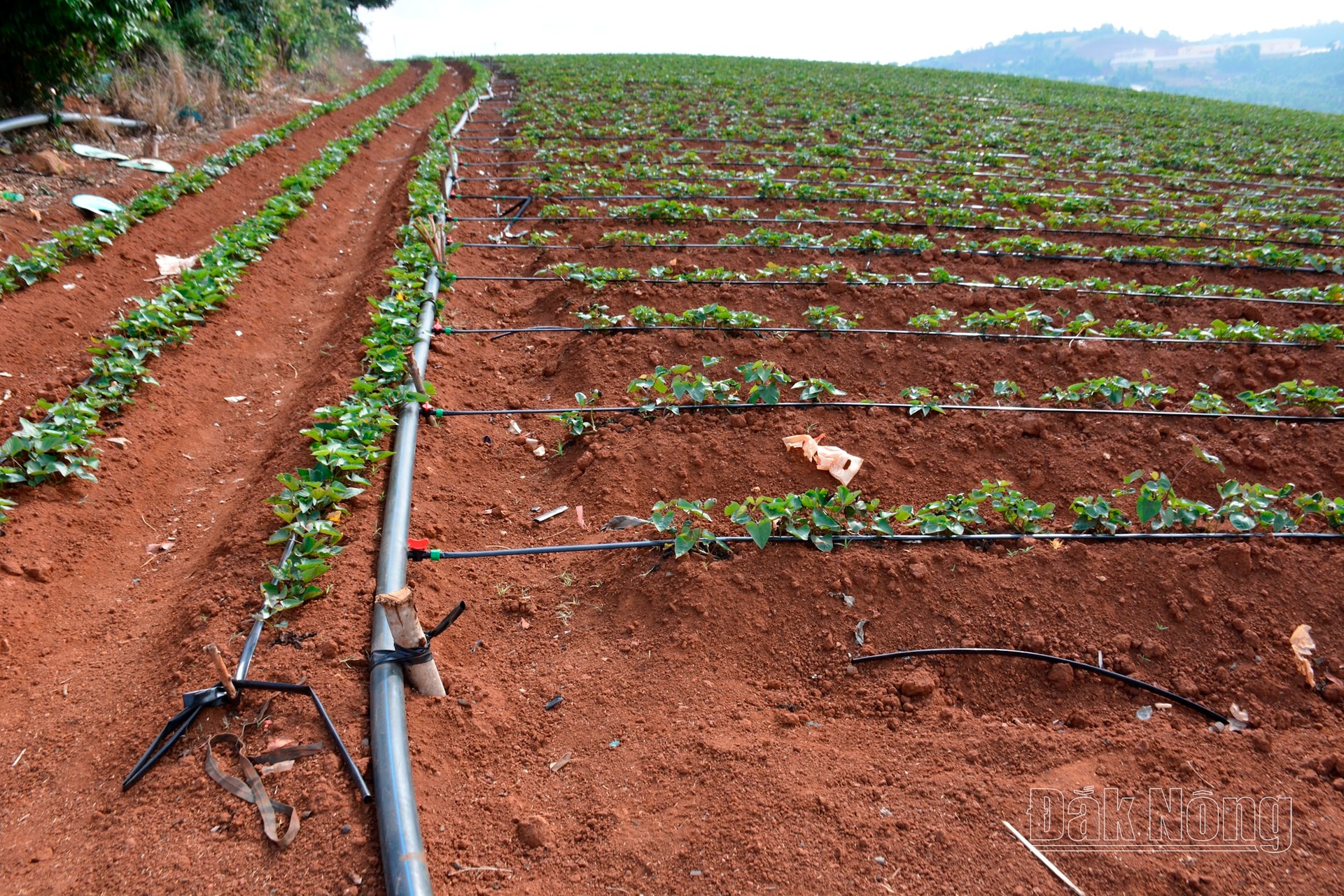
In addition to the participation of professional forces, producers need to regularly visit the fields, observe the growth and development of crops to promptly detect and quickly and effectively handle pests and diseases. In case of having to use pesticides, farmers must strictly follow the principles of the right drug; right concentration, dosage; right time; right method.
Source: https://baodaknong.vn/khuyen-cao-ve-sau-benh-vu-he-thu-253703.html









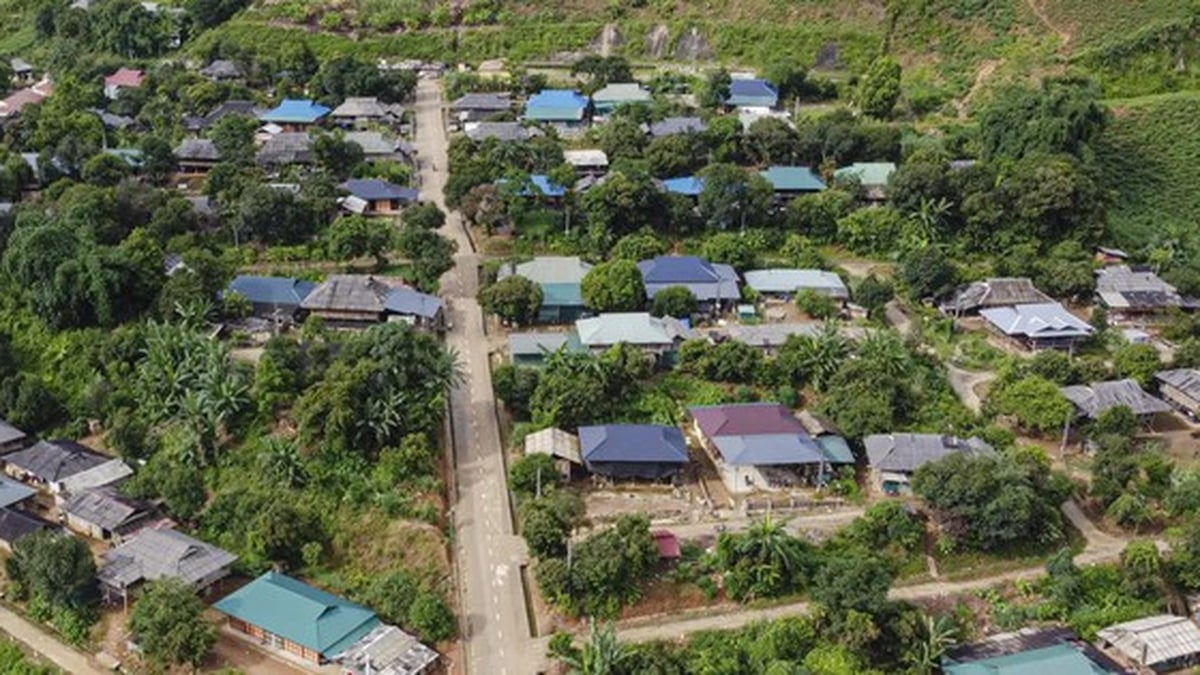


















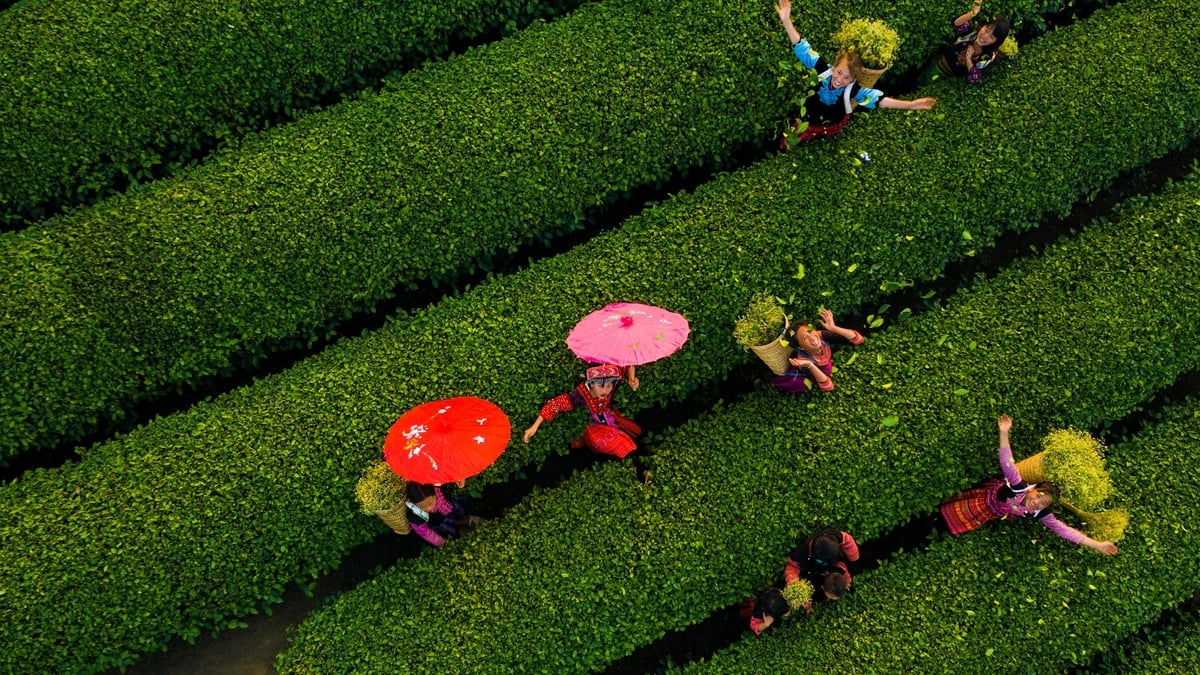





















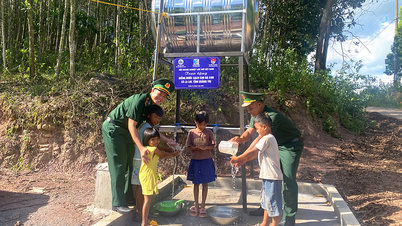











![[Maritime News] More than 80% of global container shipping capacity is in the hands of MSC and major shipping alliances](https://vphoto.vietnam.vn/thumb/402x226/vietnam/resource/IMAGE/2025/7/16/6b4d586c984b4cbf8c5680352b9eaeb0)











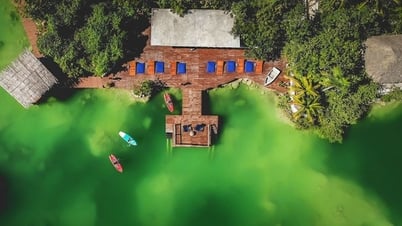


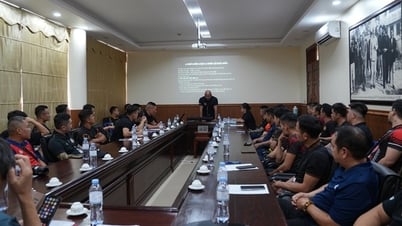






















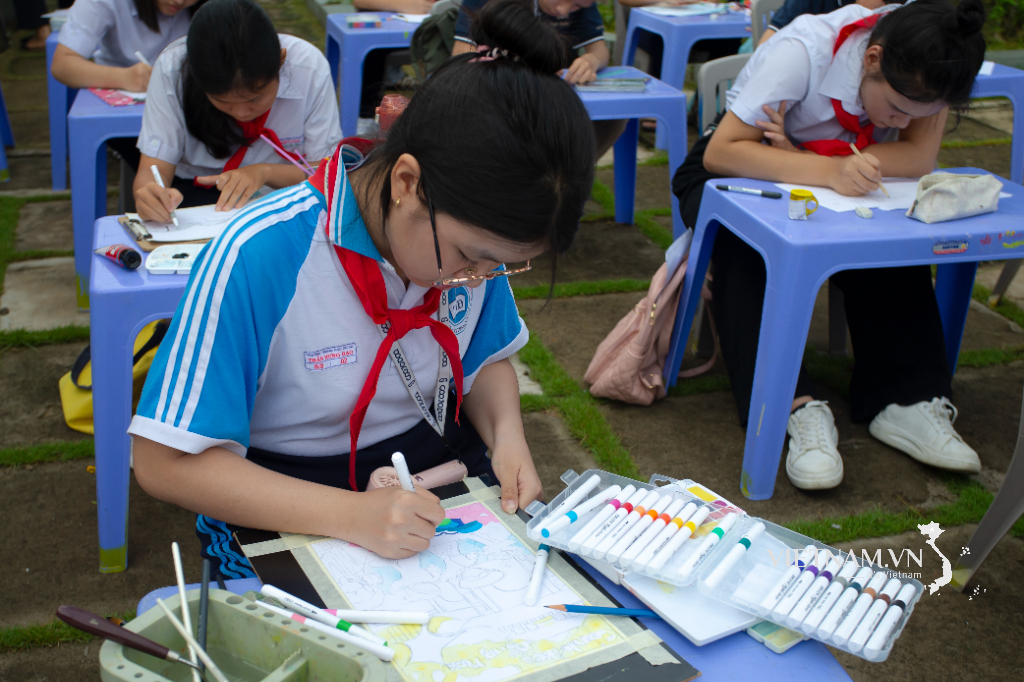
Comment (0)